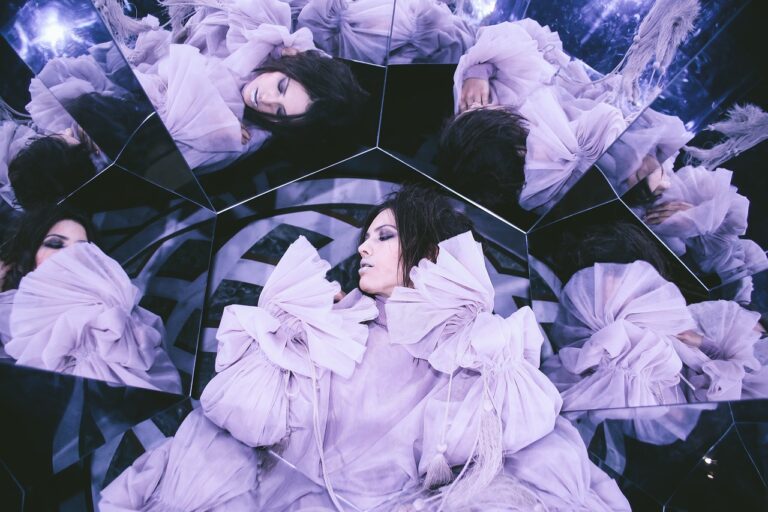Fashion and Wellness: How Clothing Affects Mental Health
Color, fabric, and style choices in clothing can significantly affect an individual’s mood and behavior. Research has shown that the colors we wear can evoke specific emotions and influence our psychological state. For example, bright and bold colors like red can boost energy levels and increase feelings of confidence, while soft pastel shades may promote feelings of calmness and relaxation.
Additionally, the texture and fabric of clothing also play a role in influencing mood. Wearing soft and comfortable fabrics like cotton or silk can enhance feelings of comfort and ease, promoting a sense of wellbeing. On the other hand, stiff or scratchy fabrics can lead to physical discomfort and negative emotional reactions, impacting one’s mood throughout the day.
Understanding the Impact of Color on Mental Wellbeing
Research has shown that colors can have a profound impact on an individual’s mental wellbeing. Different colors evoke distinct emotional responses, influencing feelings and behaviors. For example, warm colors like red and yellow are often associated with energy and positivity, while cooler hues like blue and green tend to induce feelings of calmness and relaxation.
The effects of color on mental health are not limited to specific shades but can vary based on personal experiences and cultural backgrounds. Some colors may trigger memories or emotions unique to an individual, leading to personalized responses. Understanding how colors affect mental wellbeing can help individuals make conscious choices in their surroundings to create a harmonious and uplifting environment.
How Fabric Choices Can Influence Emotional State
When selecting clothing, the type of fabric chosen can play a significant role in influencing one’s emotional state. Fabrics such as soft cotton or luxurious silk can evoke feelings of comfort and elegance, boosting confidence and overall mood. On the other hand, scratchy or stiff fabrics might lead to feelings of irritability or discomfort, impacting one’s emotional well-being negatively.
The tactile experience of wearing different fabrics can also stimulate various sensations that can affect emotions. For example, wearing cozy fleece might create a sense of warmth and security, promoting feelings of relaxation and contentment. Conversely, rough materials could trigger a sense of unease or agitation, leading to a shift in mood towards the negative spectrum.





